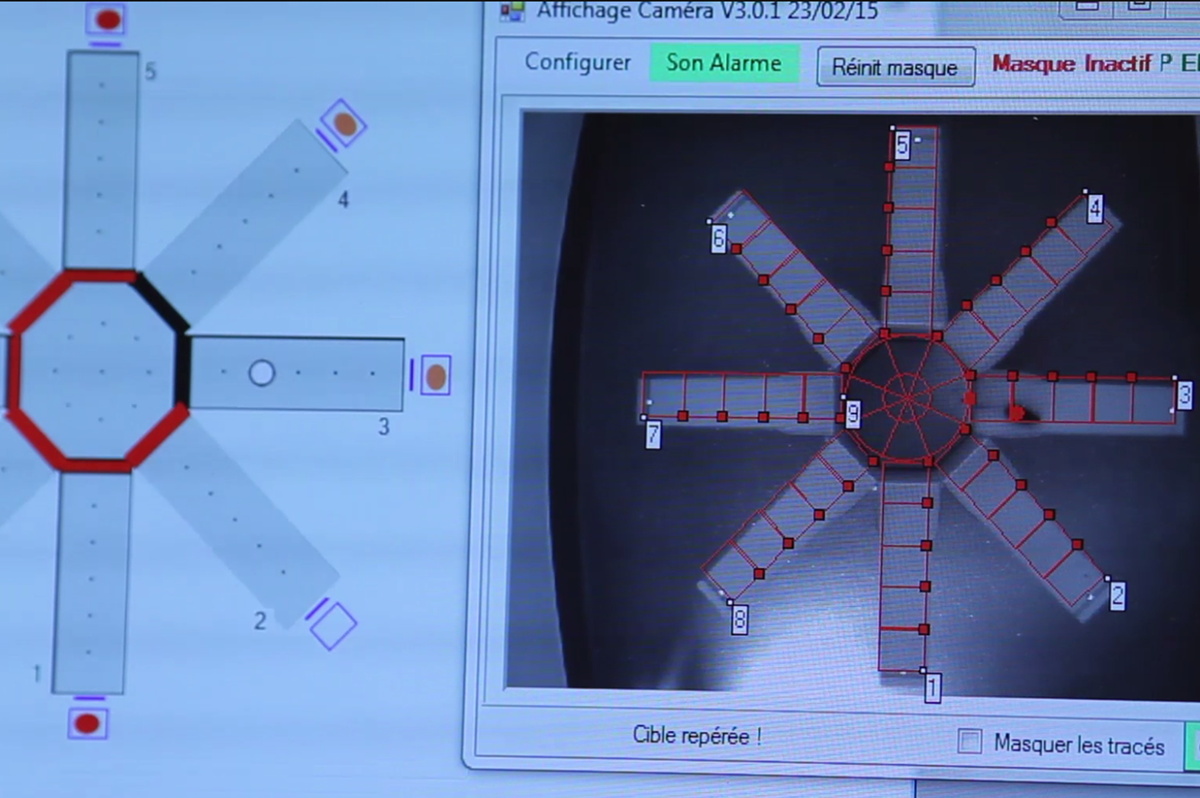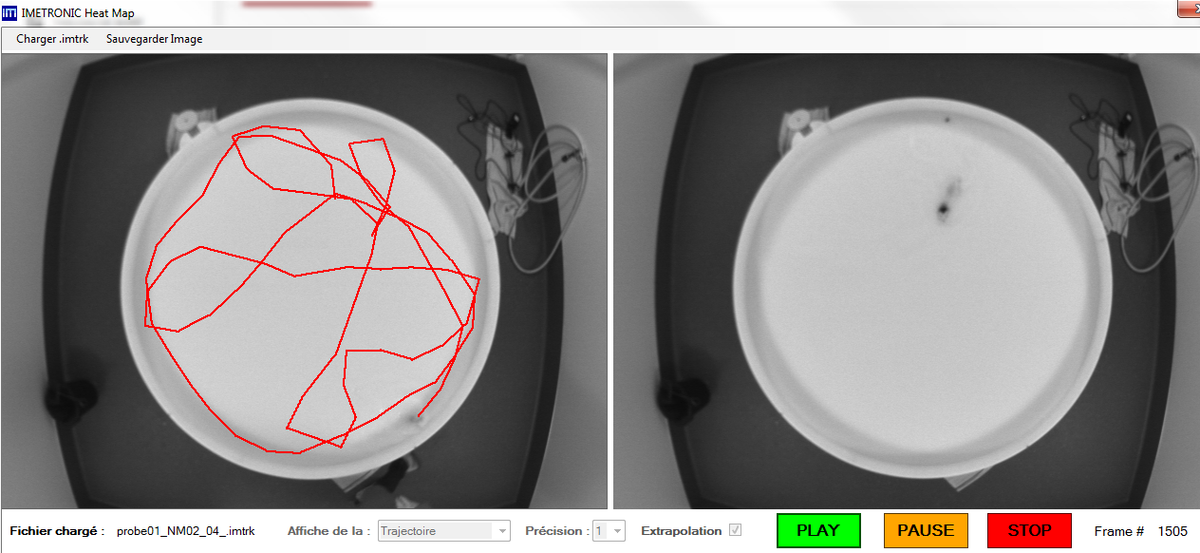Memory Deficits
Aging-related Memory Deficits
Memory disorders related to pathological aging concern a large part of the population [Alzheimer Disease (AD) and other dementia]. Elderly population is growing rapidly: 35 % of the French population will be more than 60 years old in 2050, and in the population aged 65 or more, about 6 % of individuals suffer from AD, while 17 % would suffer of “mild cognitive deficits”.
Occurrence of memory disorders is therefore increasing, and promoting healthy “memory” and treating memory diseases are of increasing priority.
OptoPath answers
Development of Safety and Therapeutic tests in the context of memory deficits
Memory degradation in aging and early phases of Alzheimer’s disease concerns both short-term and long-term memory components. Regarding long-term memory, the two major forms declining in aging are declarative and spatial memory, both of which are characterized by flexible expression.
In this context, we propose rodent models that allow evaluating the different memory components degrading in aging, i.e. short-term memory maintenance and updating, as well as long-term memory flexibility, and testing the negative and positive effects of new psychoactive compounds on these functions. These tests are performed using Morris water-maze task in rats.
SAFMEM-Products: Safety tests in the context of memory
- SAFMEM2B : Evaluation of the deleterious effects of new compounds on long term working spatial memory in rodents.
THERAPMEM-Products: Therapeutic tests in the context of Alzheimer Disease
- THERAPMEM 2 : Evaluation of the pro-memory effect of new compounds on long term working spatial memory in rodents.
Development of cutting edge equipment allowing optogenetics analysis coupled with in vivo electrophysiology in behaving animals
- For Declarative memory deficits: development of a new automated human virtual radial maze and new automated mouse radial maze for possible coupling with electrophysiology/optogenetics studies
- For working memory deficits: development of “The Village”: A new automated apparatus for coupling with pharmacology studies either cellular imaging of neuronal and vascular networks or optogenetics approaches. In “The Village”, mice are reared socially in a complex environment that contains desirable reward objects in different locations. Automation of “The Village” allows higher throughput testing and improved reliability of data recordings while minimizing interference with the experimenter. The automated version of the village can receive a highly innovative commutator for coupling, in freely moving animals, fibred confocal microscopy (Cellvizio®) and pharmacology or optogenetics approaches and pharmacology.
- For spatial memory deficits: development of a water maze for coupling with optogenetics. This equipment combines a model of spatial memory (water-maze) to optogenetic tools to ultimately understand the neurobiological basis of spatial memory disorders.
 |
 |

